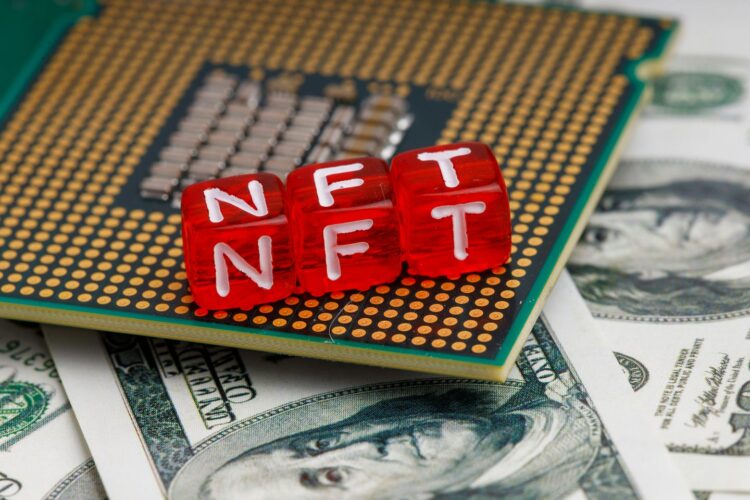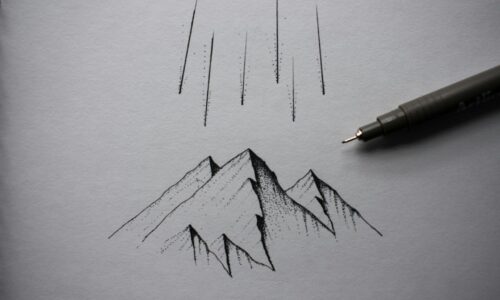Remember when pixelated graphics were just a necessary evil of low-tech gaming? Yeah, those jagged little squares that made up Mario’s mustache and Pac-Man’s whole personality? Well, joke’s on us, because 8-bit and digital-inspired designs are not just back — they’ve taken over. From high-fashion to high-tech, pixel art and its nostalgic charm have become the ultimate flex in modern design.
So, what’s the deal? Why are pixel aesthetics making a glorious comeback, and how can gaming brands, digital artists, and tech companies jump on the trend? Let’s break it down — block by block.
Nostalgia is a Drug (And We’re All Addicted)
If the internet has taught us anything, it’s that humans are suckers for nostalgia. From vintage video game revivals to 90s fashion making a questionable return, people crave the past. Pixelated worlds remind us of simpler times, when blowing into a cartridge could solve all our problems (or at least make our Game Boy work again).
Brands have figured this out and are milking the 8-bit nostalgia for all it’s worth. Gaming giants like Nintendo, Capcom, and Atari have embraced pixel art in both new games and merchandise. Even fashion brands have dived into the pixelated pool, with Balenciaga dropping pixel-style game merch and Adidas releasing 8-bit sneaker collabs.
And the best part? You don’t need cutting-edge AI to make it work. Retro sells.
Digital Aesthetics = The Future (Ironically, in Low-Res)
Beyond gaming, digital-inspired designs have infiltrated branding, packaging, and even marketing. The appeal? Pixels scream “tech-savvy” while also being retro, making them the perfect paradox for today’s brands.
Take NFT art for example — some of the biggest sales in the space have been pixelated PFPs (looking at you, CryptoPunks). The lo-fi, digital aesthetic has become a status symbol in a world obsessed with hyperrealistic AI-generated art. The irony? The cruder it looks, the more expensive it gets.
Tech brands have caught on, too. Companies like Razer, Corsair, and Alienware are incorporating pixel-style graphics into their products and ad campaigns to connect with gaming audiences. Even Apple subtly nods to pixel culture with its retro-style emojis and nostalgic design choices.
The Gaming Industry’s Pixel Obsession
The gaming world never really abandoned pixel aesthetics — it just took a detour through the land of photorealism before circling back. And now, indie games are leading the charge in making pixel art cool again.
Games like Celeste, Undertale, and Stardew Valley prove that you don’t need hyperrealistic 3D rendering to create a masterpiece. Pixel graphics bring back that warm, fuzzy feeling of childhood gaming, making them a goldmine for developers who want to mix nostalgia with modern storytelling.
Big players are getting in on the action, too. Minecraft, the world’s best-selling game, is basically pixelation in its purest form, and it continues to dominate across generations. Even Sony and Microsoft have jumped on board, releasing pixel-art-inspired themes and games on PlayStation and Xbox.
The lesson? Low-res graphics are high-key powerful.
Pixel Collabs: Where Art Meets Tech Meets ‘Shut Up and Take My Money’
So, how can brands cash in on the pixelated revolution? One word: collaborations.
Tech brands, especially in gaming, software, and digital art, can ride the pixel wave by teaming up with artists who specialize in 8-bit and digital-inspired designs. This could mean:
- Limited-edition pixel-themed gaming peripherals (Think: a Razer keyboard where each key is a tiny pixel art masterpiece.)
- Digital NFT drops featuring pixel-style artwork (If you can’t beat the NFT hype, pixelate it.)
- Branded retro-style video games (Imagine if Adobe made a game where you fight corrupted Photoshop files. We’d all play it.)
- 8-bit fashion and merch collabs (Supreme, it’s your move.)
Even corporate giants like Google and Microsoft have embraced pixel aesthetics in their branding, with Google Doodles and retro-inspired themes in Windows updates.
SEO Alert: How to Make Your Brand Pixel-Powerful
If you’re looking to integrate pixel aesthetics into your brand, here’s your cheat code:
- Create pixel-inspired content. Use 8-bit art in social media campaigns, website design, and digital ads.
- Offer pixelated product versions. Whether it’s a pixel art game, a limited-edition digital artwork, or merch with retro designs, it’ll sell.
- Collaborate with pixel artists. Commission designers who specialize in pixel graphics, 8-bit art, and retro game aesthetics.
- Use nostalgia-driven marketing. Remind audiences of their childhood gaming days, and they’ll eat it up (emotionally and financially).
- Get interactive. Launch pixel-themed challenges, contests, or filter effects to engage audiences.
Where to Get Your Pixel Fix
Want to jump into the pixel universe? Check out these brands leading the charge:
- Adobe Photoshop & Aseprite — Best tools for creating pixel art
- Razer & HyperX — Gaming brands with pixel-inspired accessories
- Twitch & Discord — Platforms where pixel-art communities thrive
- Etsy & Redbubble — Marketplaces for custom pixel art merch
- SuperRare & OpenSea — Home to NFT pixel art collections
Pixels aren’t just a design choice; they’re a cultural movement. They represent the perfect blend of nostalgia, digital art, and futuristic branding. Whether you’re a gaming company, a tech brand, or a digital artist, embracing 8-bit and digital-inspired designs isn’t just trendy — it’s the next power-up.
So, are you ready to level up your brand with pixelated worlds? The future is low-res, and it looks amazing.
Pixelated worlds, 8-bit design, digital-inspired designs, pixel aesthetics, gaming brands, tech brands, pixel art, retro gaming, digital artists, NFT pixel art, gaming industry, pixel graphics, nostalgic gaming, digital branding, 8-bit art collaborations




